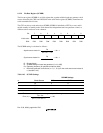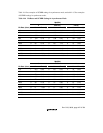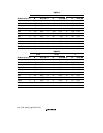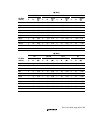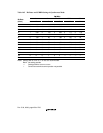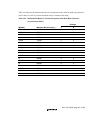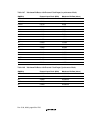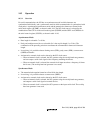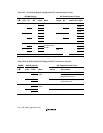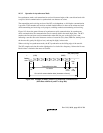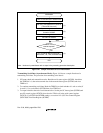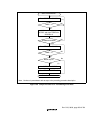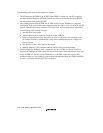
Rev. 5.00, 09/03, page 453 of 760
14.3 Operation
14.3.1 Overview
For serial communication, the SCI has an asynchronous mode in which characters are
synchronized individually, and a synchronous mode in which communication is synchronized with
clock pulses. Asynchronous/synchronous mode and the transmission format are selected in the
serial mode register (SCSMR), as shown in table 14.9. The SCI clock source is selected by the
combination of the C/A bit in the serial mode register (SCSMR) and the CKE1 and CKE0 bits in
the serial control register (SCSCR), as shown in table 14.10.
Asynchronous Mode:
• Data length is selectable: 7 or 8 bits.
• Parity and multiprocessor bits are selectable. So is the stop bit length (1 or 2 bits). The
combination of the preceding selections constitutes the communication format and character
length.
• In receiving, it is possible to detect framing errors (FER), parity errors (PER), overrun errors
(ORER) and breaks.
• An internal or external clock can be selected as the SCI clock source.
When an internal clock is selected, the SCI operates using the on-chip baud rate generator,
and can output a serial clock signal with a frequency matching the bit rate.
When an external clock is selected, the external clock input must have a frequency 16 times
the bit rate. (The on-chip baud rate generator is not used.)
Synchronous Mode:
• The transmission/reception format has a fixed 8-bit data length.
• In receiving, it is possible to detect overrun errors (ORER).
• An internal or external clock can be selected as the SCI clock source.
When an internal clock is selected, the SCI operates using the on-chip baud rate generator,
and outputs a serial clock signal to external devices.
When an external clock is selected, the SCI operates on the input serial clock. The on-chip
baud rate generator is not used.




